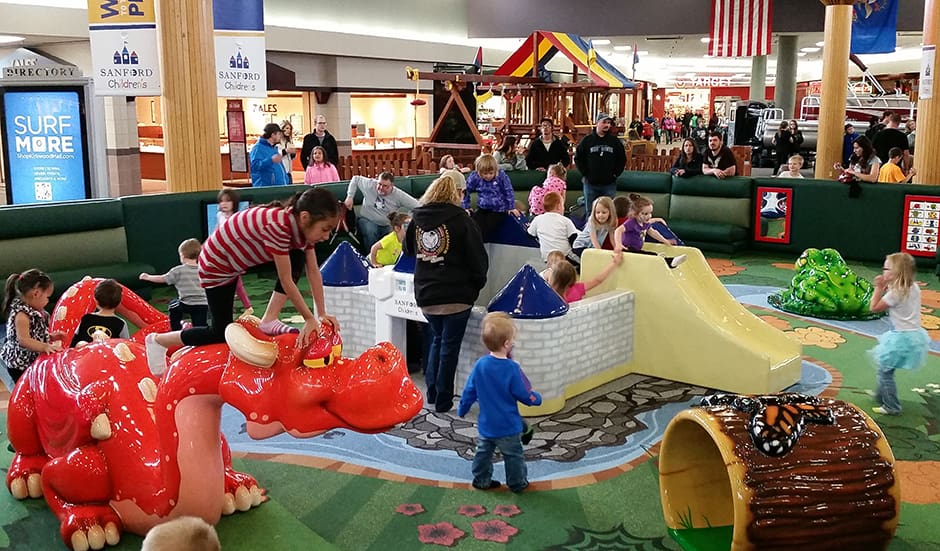Soft Play Creative Director Jon Norby Designs for How Children Learn

Soft Play Creative Director Jon Norby Designs for How Children Learn
Soft Play play areas are designed for children to use their imaginations, experiment, take risks and to increase coordination.
Soft Play develops imaginations
Soft Play’s play areas are adventurous play environments where children can pretend they’ve entered a jungle, descended to an undersea kingdom, traveled back in time to the age of the dinosaurs, or journeyed into space. Within these environments, children are free to create their own adventures. Imaginative play is a role-playing and acting out various experiences that come from their imagination or memory of a story they’ve heard. During role-playing, children are experimenting with decision-making on how to behave and are also practicing their social skills. Children are also inventing stories where they are the main character. Soft Play play areas are immersive play environments, where the flooring, play elements, murals, and decorations revolve around one theme.
Soft Play play areas encourage appropriate risk taking
When children are given a chance to freely engage in adventurous play, they quickly learn to assess their own skills and match them to the demands of the environment. They ask themselves “how high can I climb?” or “can I jump from this toy to that toy?” They become savvy about themselves and their environment. Children who are confident about taking chances rebound well when things don’t work out at first. They are resilient and will try again and again until they master a physical skill. Soft Play play areas are the perfect environments for children to develop this kind of appropriate risk-taking ability. The play equipment is soft and antibacterial, the seating is soft, and the flooring feels like a tumbling mat. In a Soft Play play area, the child feels like they can accomplish things they can’t in a less-forgiving play environment.
Children learn through Soft Play
Children learn through play – they repeat the same physical challenge over and over as they develop the muscle memory necessary to conquer various activities. Children need a variety of play opportunities to develop these skills. Gross motor skills are the skills children use to move their whole body, arms and legs. They include running, jumping, walking and balance. Soft Play play areas encourage gross motor skill development by creating natural challenges for children. A Soft Play play area always includes climbing challenges, tunnels, slides, stepping stones and balance opportunities. Activity panels around the play area also encourage gross and fine motor skill movement.
